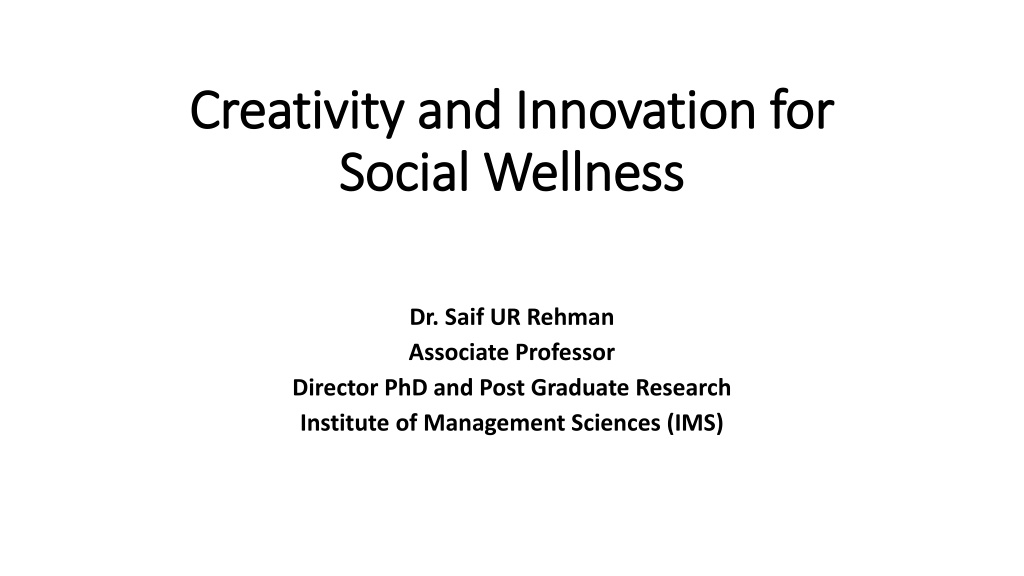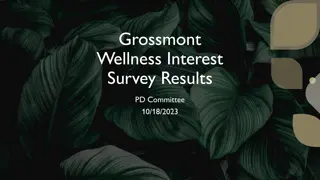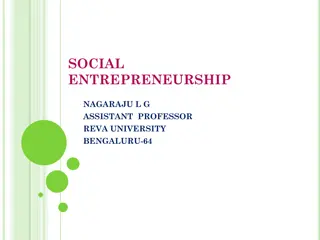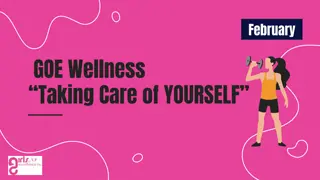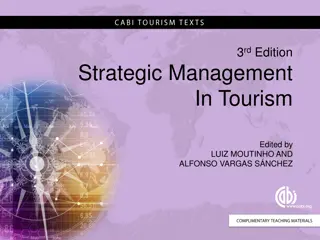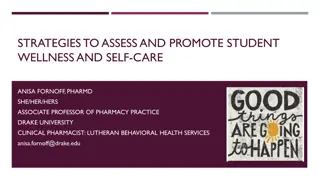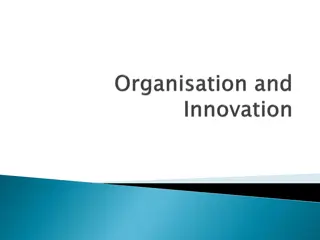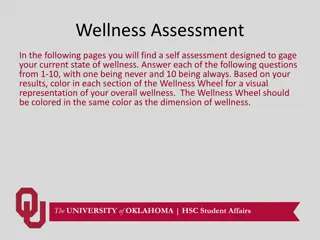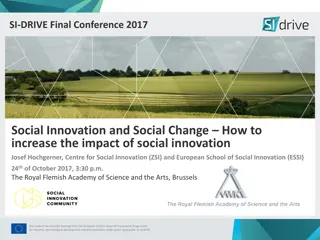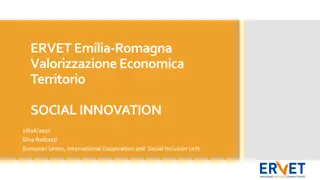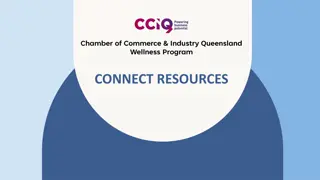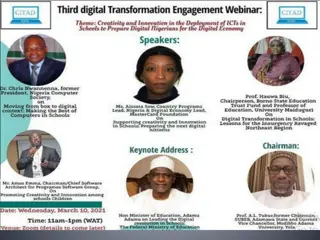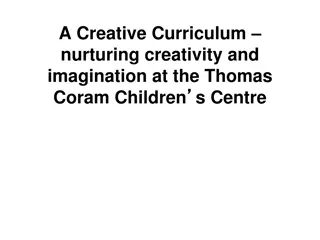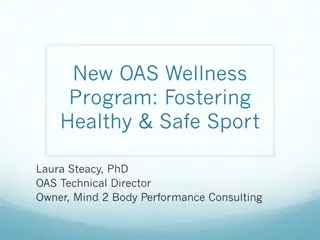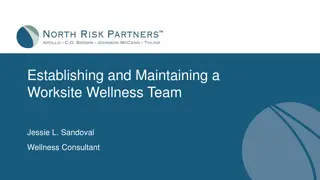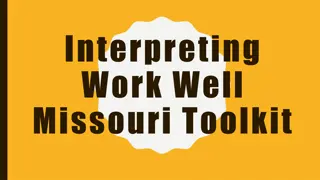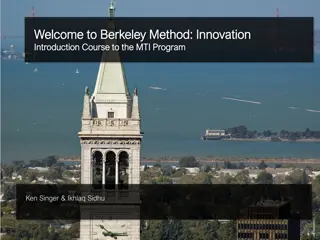Exploring Creativity and Innovation for Social Wellness
Embrace the essence of creativity and innovation as essential pillars for social wellness, as shared by Dr. Saif UR Rehman. Discover the nuances of creativity, innovation, and their interconnectedness in fostering human imagination, generating new ideas, and bringing about positive change. Dive into the realms of creative thinking, learning habits, and the diverse categories of creativity – from Big-C to Mini-c. Unveil how creativity leads to unique ideas, while innovation brings these ideas to life, ultimately shaping a better society.
Download Presentation

Please find below an Image/Link to download the presentation.
The content on the website is provided AS IS for your information and personal use only. It may not be sold, licensed, or shared on other websites without obtaining consent from the author. Download presentation by click this link. If you encounter any issues during the download, it is possible that the publisher has removed the file from their server.
E N D
Presentation Transcript
Creativity and Innovation for Creativity and Innovation for Social Wellness Social Wellness Dr. Saif UR Rehman Associate Professor Director PhD and Post Graduate Research Institute of Management Sciences (IMS)
Creativity exists not only where it creates great historical works, but also everywhere human imagination combines, changes, and creates anything new. [Lev Vygotsky, 1930/1967, cited in Smolucha, 1992, p. 54]
What is Innovation? Innovation contains the idea of output, of actually producing or doing something differently, making something happen or implementing something new.
What is Creativity? Creativity is an active process necessarily involved in innovation. A learning habit that requires skill as well as specific understanding of the contexts in which creativity is being applied.
Creative thinking is defined as the thinking that enables students to apply their imagination to generating ideas, questions and hypotheses, experimenting with alternatives and to evaluating their own and their peers ideas, final products and processes. Kampylis and Berki (2014, p. 6)
Creativity is the ability to produce new and unique ideas, innovation is the execution of that creative ideas.
Categories of Creativity Big-C creativity Einstein s theory of relativity and Darwin s theory of evolution Works of art such as Picasso s Guernica, Jane Austen s novel Emma Pro-c creativity A promising artist child working for years to gain unparallel skills A university teacher who teaches and undertakes academic research Little-c creativity Intelligence and novelty in the everyday, developed over a long period of time A photographer able to take stunning photographs of nature Mini-c creativity Novel and personally meaningful interpretation of experiences, actions, and events may not be visible to outsiders and may consist purely of ideas and connections Ability to solve a math problem in a different way
Set of Skills needed for Creative Learning Resilience: an ability to tolerate uncertainty and persevere at a task to overcome obstacles Fearless: not being afraid to make and learn from mistakes Daring: an ability to suspend judgement while generating ideas Risk Taking: willingness to take sensible risks or go out of your comfort zone in work
Use of Skills needed for Creative Learning Clarify, analyze and re-define the problem or question to uncover new ways of looking at it Ask thoughtful questions Notice connections between seemingly unrelated subject matter Challenge established wisdom by asking: how would I improve this? Recognize alternative possibilities Look at things from different perspectives
Common Misconceptions and Truth about Innovation and Creativity Limited to the Arts Applies in every subject Pure Talent Skill to be learnt Proved by Research Misconception Fun Hard work Originality Both originality and value No prior knowledge needed Field of knowledge is necessary Major breakthrough Thinking skill Free play and discovery Stimulation of play and discovery
Dividends of Being Creative Once your business brain is able to think creatively, the possibilities are endless By being creative, your business is more likely to become innovative By being innovative, your business is more likely to offer something new Making you a step ahead of others in the industry Being creative offers internal as well as external dividends
Innovation and Social Benefits Innovation and Social Benefits Case Studies Case Studies Born Too Soon Birth of Premature Babies Need of non-invasive methods to detect infection Wearables for babies
Innovation and Social Benefits Innovation and Social Benefits Case Studies Case Studies Seconds before disaster Indian Railway Accidents Preventive Maintenance Fails Runtime detection of vulnerabilities
Innovation and Social Benefits Innovation and Social Benefits Case Studies Case Studies Move with the wind Denmark harnessing the power of wind energy Using Weather Data from Satellites Pre-determining the turbine position for maximum efficiency
Innovation and Social Benefits Innovation and Social Benefits Case Studies Case Studies The forecast teller Monsanto Corps. Forecasting Agri Yield using weather data Predicting what a farmer is gona make this season
